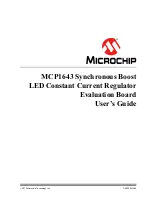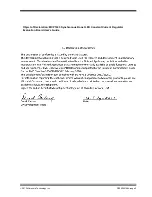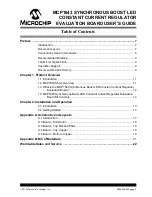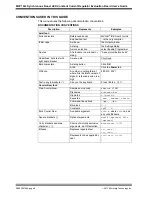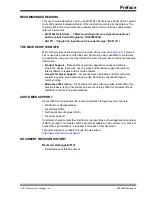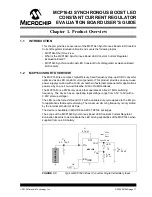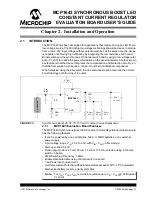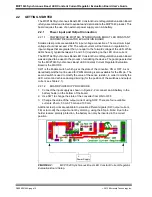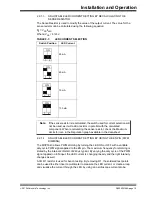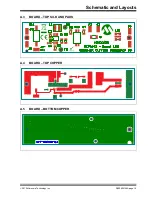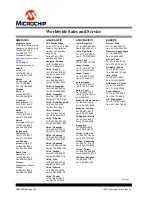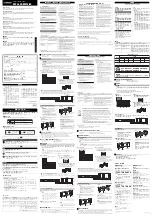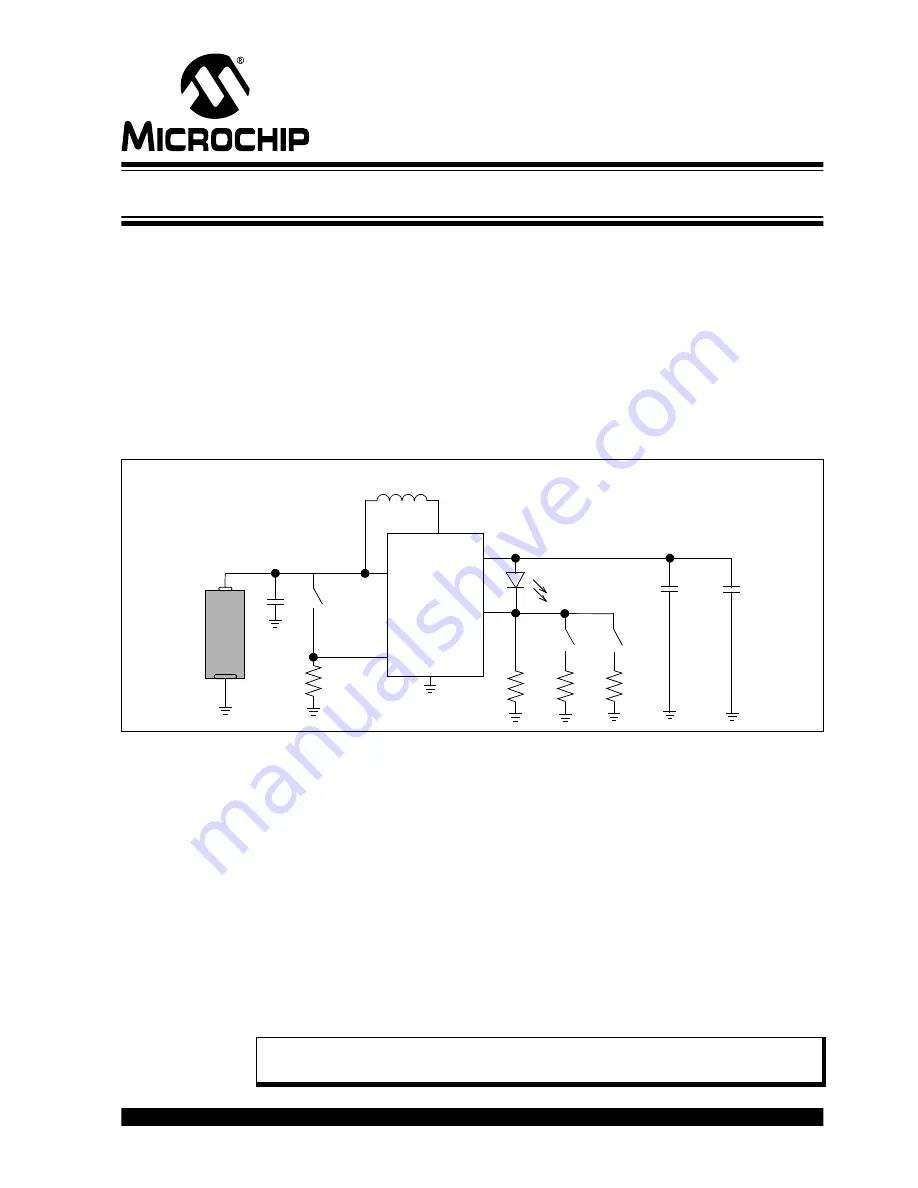
MCP1643 SYNCHRONOUS BOOST LED
CONSTANT CURRENT REGULATOR
EVALUATION BOARD USER’S GUIDE
2013 Microchip Technology Inc.
DS20005196A-page 13
Chapter 2. Installation and Operation
2.1
INTRODUCTION
The
MCP1643 has been developed for applications that require driving an LED from a
low-voltage source. The Microchip low-voltage technology allows the device to start up
from a low 0.65V input voltage without output overshoot. At the same time, the device
is capable of achieving high efficiency by integrating the low resistance N-Channel
Boost switch and the synchronous P-Channel switch and by using a low voltage refer-
ence (0.120V) to reduce the power dissipation on the sensing resistor. Another import-
ant feature is that the device integrates the compensation and protection circuitry, so
that the final solution will require a minimum number of additional components.
When disabled using the EN switch, the true disconnect option removes the normal
boost topology path from input to output.
FIGURE 2-1:
Synchronous Boost 25, 50, 75, 100 mA Constant Current Application.
2.1.1
MCP1643 Evaluation Board Features
The MCP1643 Synchronous Boost LED Constant Current Regulator Evaluation Board
has the following features:
• It can be powered by one-cell Alkaline, NiCd, or NiMH batteries, or by external
power supply
• Input voltage range, V
IN
: 0.5V to 2.5V, with V
IN
V
OUT
, after start-up
• Start-up voltage: 0.65V
• Fixed output current: 25 mA, 50 mA, 75 mA or 100 mA, selected using a mini-dip
switch on board
• PWM Switching Frequency: 1 MHz
• Enable state selectable using mini-dip switch on board
• 1.6A Peak Input Current Limit
• Overtemperature Protection (if the die temperature exceeds 150°C, 25°C hysteresis)
• Mechanical battery reverse polarity protection
V
IN
GND
V
FB
C
OUT
2 X 10 µF
C
IN
10 µF
L
1
4.7 µH
SW
LED
4.7
EN
V
OUT
+
-
AL
KA
L
IN
E
MCP1643
R
SET0
4.7
R
SET1
2.4
R
SET2
EN
REN
1M
Note:
For V
IN
< V
OUT
, I
LED
remains in regulation up to V
IN
= V
LED
@ LED typical
V
F
and I
F.

